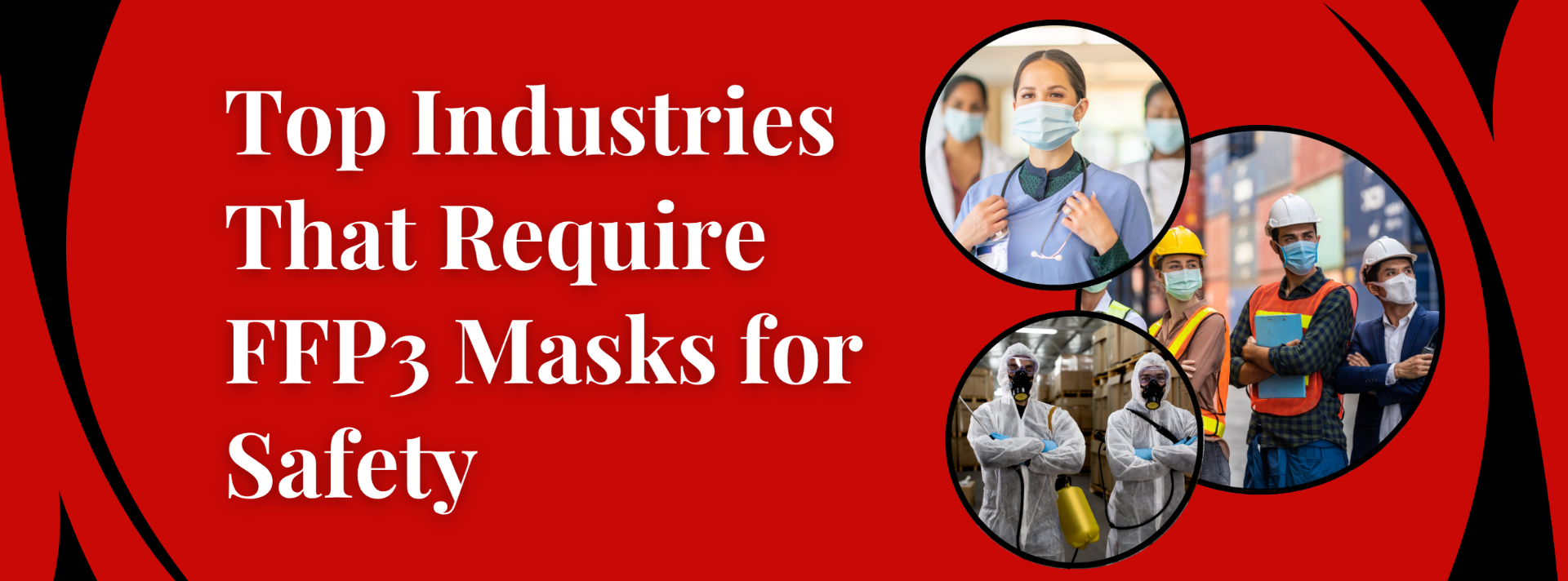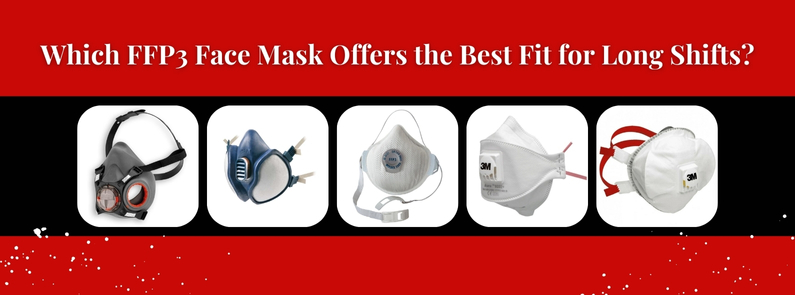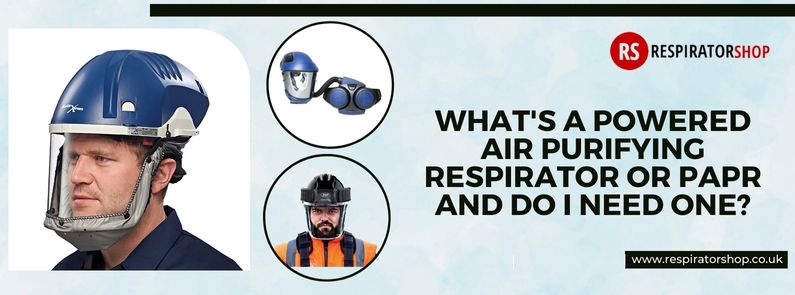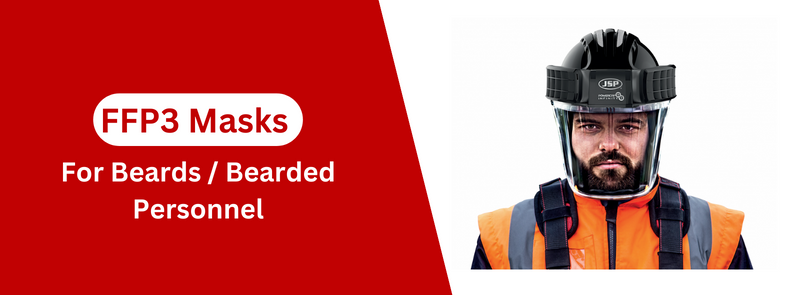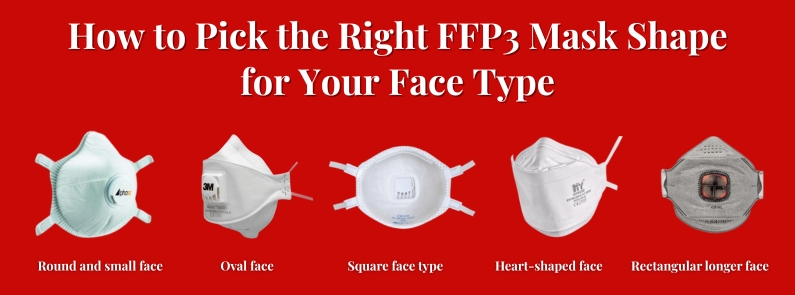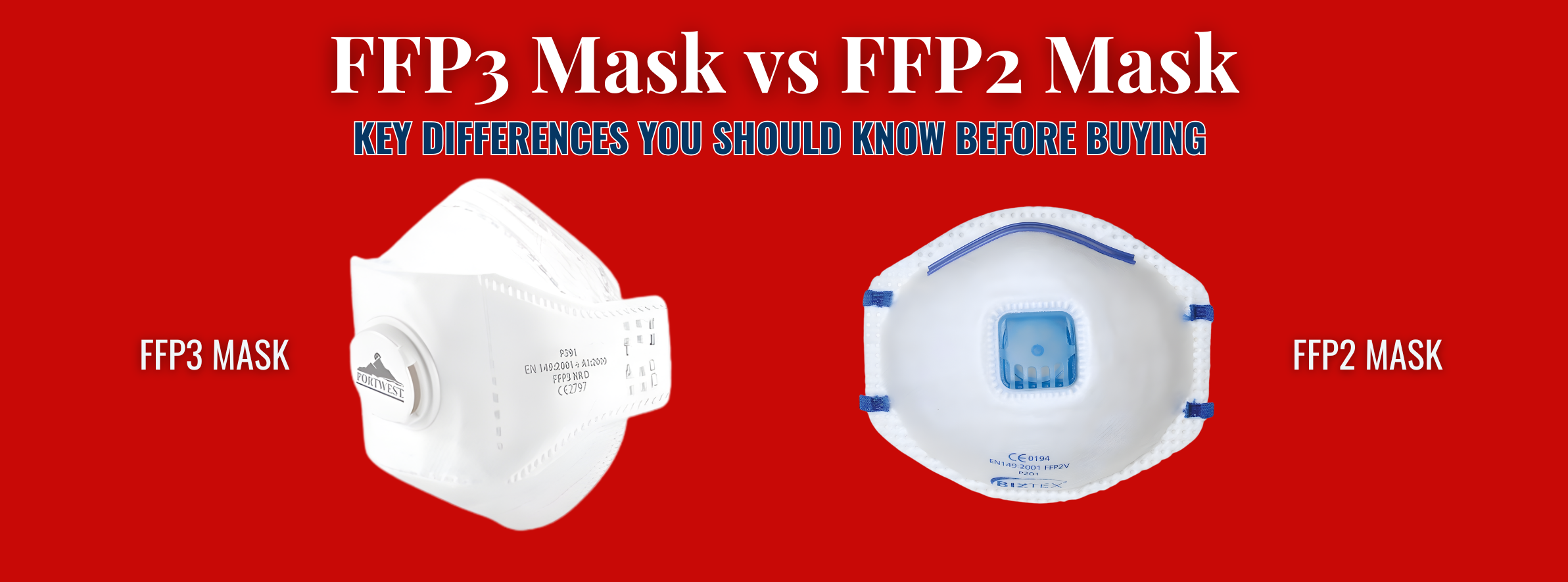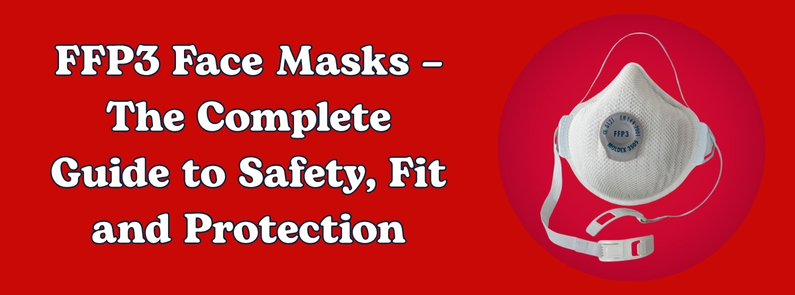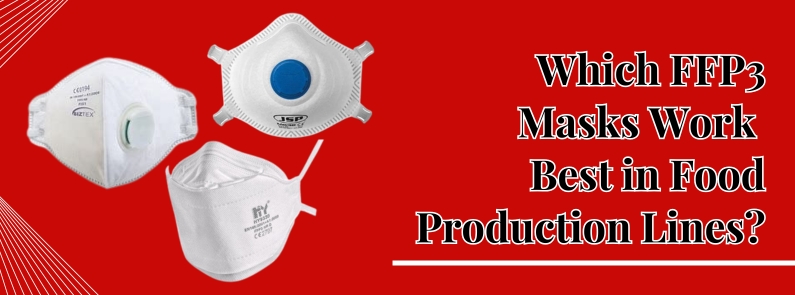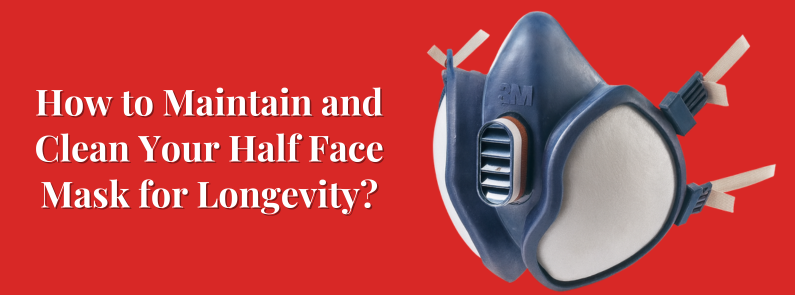
Face masks and respirators play an important role in workers’ safety by preventing them from being exposed to potentially harmful air contaminants such as dust, fumes, gases, smoke, and vapours. With industrial respiratory masks often in high demand, it is important to maximize the lifespan of your reusable half-face dust mask by keeping it clean and properly maintained.

